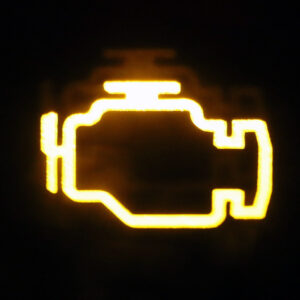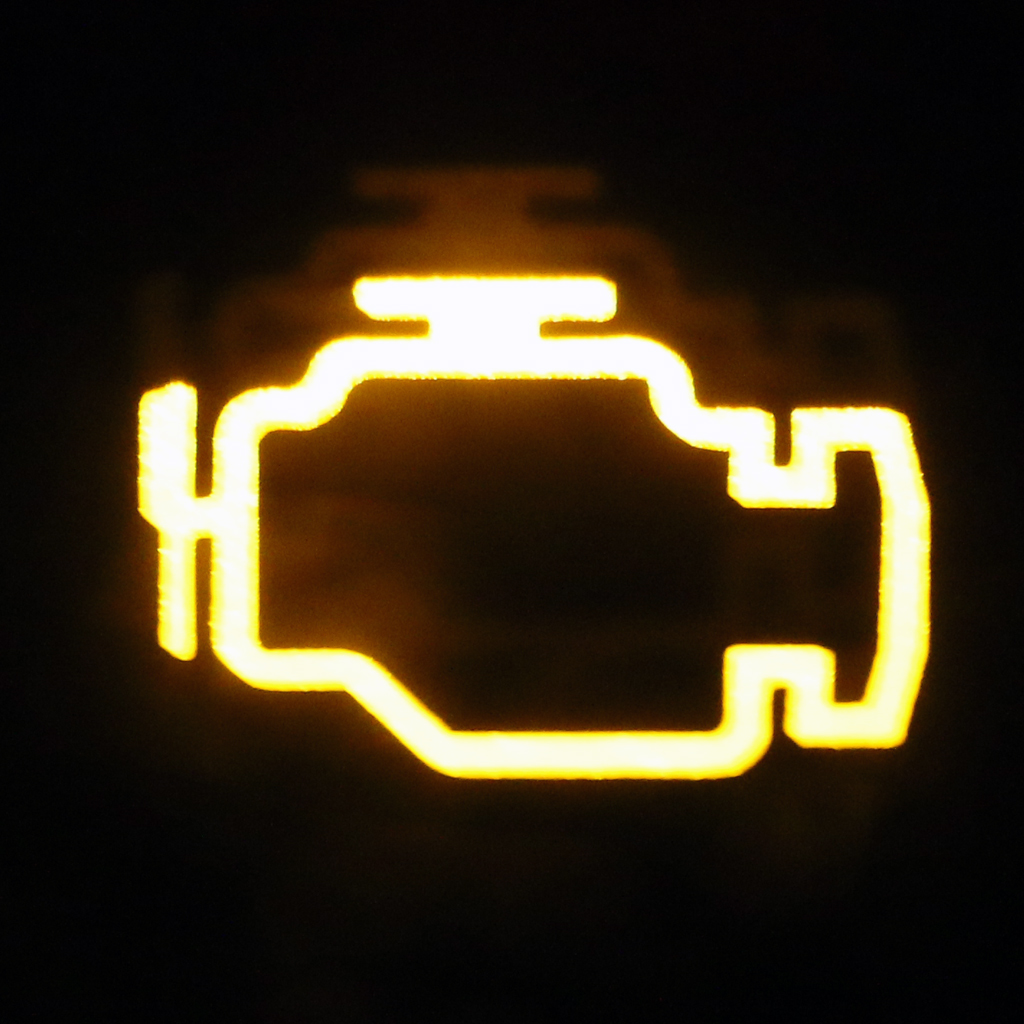 As far as indicators go, few are as ominous, even dreaded, as the check engine light. Considering the enormous number of things it can signify, severity can range from harmless to serious. Reacting to the warning is far less strenuous if you have some basic experience and highly cost effective tools.
As far as indicators go, few are as ominous, even dreaded, as the check engine light. Considering the enormous number of things it can signify, severity can range from harmless to serious. Reacting to the warning is far less strenuous if you have some basic experience and highly cost effective tools.
The easiest step to take in diagnosing the annoying light is to purchase a code reader, called an OBD II (On-Board Diagnostics) scan tool. This highly effective solution can be had for as little as $20. For that entry price, you may be able to fix an engine issue without ever visiting a shop. Even cheaper, you can stop by most car parts stores to have the check engine light (CDL) or malfunction indicator light (MIL) scanned for free.
For significant convenience, you can pick up a Bluetooth OBD2 dongle to work with your iPhone or Android smartphone. Generally these range from $20-$100. To use, simply plug it into your OBD2 port and it will transmit data wirelessly to your mobile device. From there, either the app can interpret the information or you can research (i.e. Google) the code on your own. The fix can range from $3 to well over $1,000, so correctly identifying the problem is critical. If you are unsure of what your car is indicating, visiting a local dealership or shop is a safe bet. It can even be a smart way to validate code readings you found on your own before digging in and spending.
Among usual faults, a battery is pretty standard. A dead one can be easily replaced for $100 or less. As with any job involving high quantities of electricity, even if you are convinced the battery is dead, always turn off and disconnect the power supply carefully. With basic hand tools and a little extra cautious (for your own safety), this is a quick and simple job.
If the code signals a gas cap, breathe a big sigh of relief. Typically caused by leaking fuel vapor through a loose or cracked cap, few problems are easier to fix. You’ll likely spend less than $5 replacing this standard, highly available part. Vacuum hoses can be more complicated. Take time to look for any lose or broken hoses that may be preventing proper PSI. For less than $80, you can get back on the road.
A failure of the engine’s 02/oxygen sensor may sound complex but is surprisingly easy to mend. Depending on your vehicle, there are usually 2-4 onboard. Your scan tool will indicate which ones are past their prime. My advice? Save $200 and replace the straightforward units yourself.
Spark plugs can be like those unbelievably frustrating Christmas lights: if one goes out, it can throw everything out of whack. Your car’s malfunction light will let you know all about it. New plugs tend to run between $3-$15 and are reasonably easy to replace. Even more painless are plug wires. However, if one wire is out, it’s a good idea to replace all of them, not just faulty ones.
A bad mass airflow sensor can become a big deal quickly, causing poor fuel mileage, increased emissions and even stalling. In other words, you’ll definitely want to fix this before it becomes problematic. You can take on the job yourself for $100 or less, as compared to $200 or more at a shop.
Finally, we get to the one item that, while typical, can be costly. A blown catalytic converter can spew out harmful emissions, seriously decrease fuel mileage, cut power and guarantee smog test failures. This is the only component so far that I highly suggest leaving to your trusted local shop to replace. For a single exhaust car, expect $1,000 plus $200 for labor. If your vehicle has dual exhausts, go ahead and double that number.
Familiarizing yourself with these basic faults, especially with the aid of a code reader, can turn the dreaded check engine light into a far less worrying experience. Plus, if you have the time to put in, taking on these jobs yourself can save a huge amount of money when done right.
Got some tips? Post them below!

Discover more from Chris Duke
Subscribe to get the latest posts sent to your email.

Leave a Reply